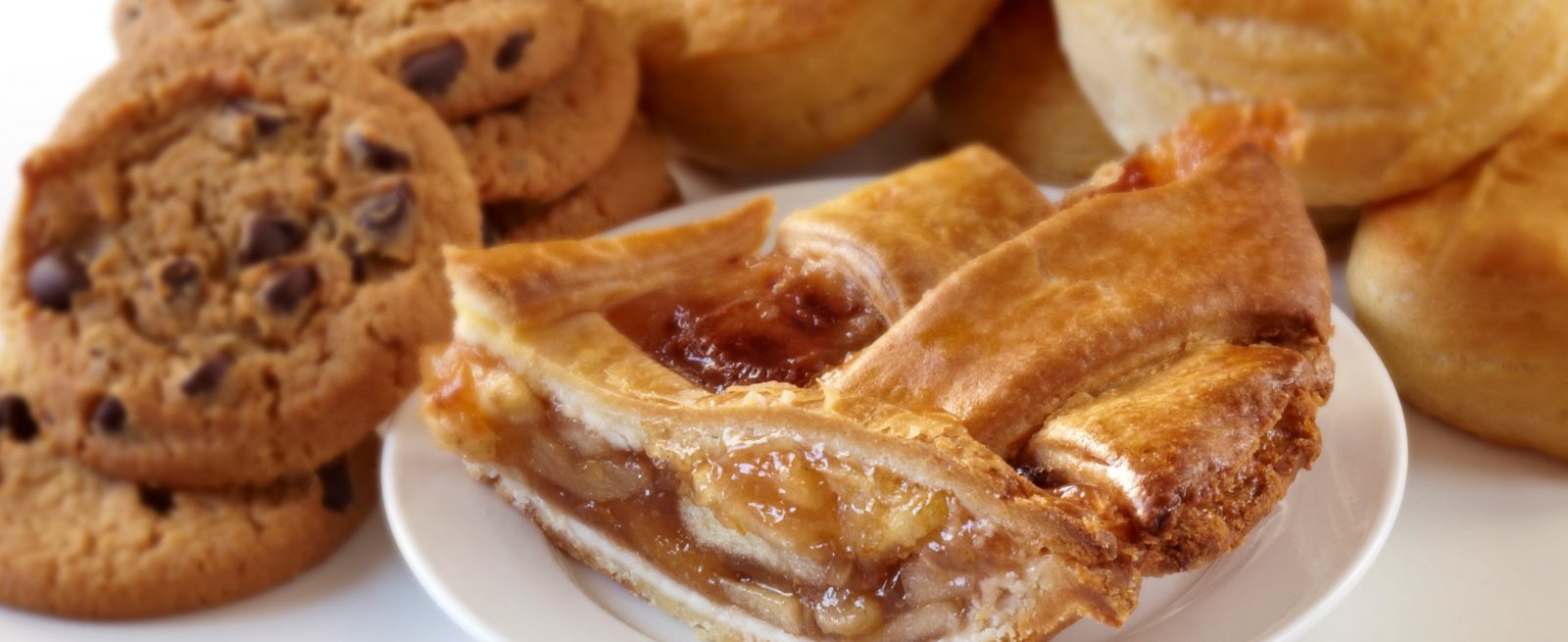MRM Talking With: Chef and Historian Ernest Miller
5 Min Read By MRM Staff
Multi-hyphenate Ernest Miller is adding another title: Corporate Chef. Miller, who has been called “the Huell Howser of California food" and is a chef, historian, educator, consultant and speaker recently joined Coast Packing Company to educate consumers and the market at large about the merits of minimally processed animal fats such as lard and beef tallow. Now marking its 95th year in business, Coast Packing is the number one supplier of animal fat shortenings in the Western United States. Miller is the co-leader of Slow Food Los Angeles, a member of the speakers’ bureau for the Culinary Historians of Southern California, lecturer for the National Food and Beverage Foundation, director of Slow Food Preservers of Los Angeles County and founder of Rancho La Merced Provisions LLC, a manufacturer of fermentation kits. Formerly a chef instructor for Le Cordon Bleu Los Angeles, he was educated at the United States Naval Academy and Yale Law School. As Coast’s Corporate Chef…
Sorry, You've Reached Your Article Limit.
Register for free with our site to get unlimited articles.
Already registered? Sign in!

